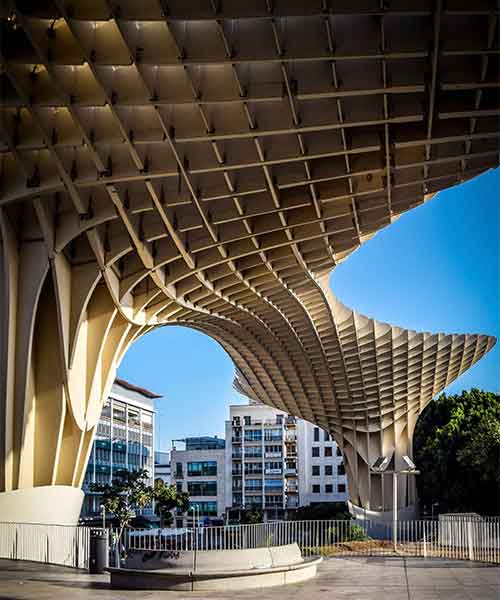In recent years, the construction industry has undergone a significant transformation as it embraces sustainable practices to mitigate environmental impact. With climate change at the forefront of global concerns, the demand for eco-friendly building solutions has never been more critical. The future of sustainable construction is not just a trend; it's an imperative that will reshape how we build our cities, homes, and infrastructure. In this article, we’ll explore the key innovations and strategies driving this movement forward.
1. The Rise of Green Building Materials
One of the most promising developments in sustainable construction is the use of green building materials. These materials, which include bamboo, recycled steel, and low-carbon concrete, are designed to reduce the carbon footprint of construction projects. Unlike traditional materials, green alternatives often require less energy to produce and generate fewer emissions.
Bamboo, for example, is rapidly renewable, growing to maturity in just a few years compared to the decades required for hardwood trees. It’s also incredibly strong, making it a viable alternative to traditional timber. Low-carbon concrete, another innovation, uses less Portland cement, which is responsible for a significant portion of the construction industry’s CO2 emissions. By reducing the cement content, this concrete variant can significantly lower the environmental impact of construction projects.
2. Energy-Efficient Building Design
Energy efficiency is at the heart of sustainable construction. Future buildings will be designed with energy conservation in mind, incorporating features such as passive solar design, high-performance insulation, and advanced glazing systems. Passive solar design, for example, maximizes natural light and heat from the sun, reducing the need for artificial lighting and heating.
High-performance insulation and advanced glazing systems will play a crucial role in minimizing energy loss. These technologies help maintain a stable indoor temperature, reducing the reliance on heating and cooling systems, which are major energy consumers. Additionally, buildings of the future are likely to integrate smart energy management systems that optimize energy use and reduce waste.
3. The Integration of Renewable Energy Sources
The construction industry is increasingly turning to renewable energy sources to power buildings and construction sites. Solar panels, wind turbines, and geothermal systems are becoming more common, not just as add-ons but as integral parts of the building design. In the future, we can expect to see entire neighborhoods and commercial complexes powered by on-site renewable energy sources, drastically reducing reliance on fossil fuels.
Net-zero energy buildings, which generate as much energy as they consume, are set to become the standard in sustainable construction. These buildings utilize a combination of renewable energy technologies and energy-efficient design to achieve a balance between energy production and consumption. The adoption of such practices will be crucial in meeting global climate targets.
4. The Role of Technology in Sustainable Construction
Technology is playing an increasingly important role in driving sustainable construction practices. Building Information Modeling (BIM) and other digital tools allow architects and engineers to design more efficiently and with greater precision. These technologies enable the simulation of energy use, material efficiency, and environmental impact before construction even begins, ensuring that sustainability is built into the project from the ground up.
Moreover, 3D printing technology is revolutionizing the way we build. By using 3D printers to create building components, waste is minimized, and materials can be used more efficiently. This approach also allows for the use of innovative materials that might not be feasible with traditional construction methods.
5. The Importance of Circular Economy Principles
The future of sustainable construction will also see a shift towards circular economy principles, where materials are reused, recycled, or repurposed rather than disposed of. This approach minimizes waste and reduces the need for new raw materials, which in turn lowers the environmental impact of construction projects.
Deconstruction, the process of carefully dismantling buildings to salvage materials for reuse, is gaining traction as a sustainable alternative to demolition. By prioritizing the reuse of materials, the construction industry can significantly reduce its contribution to landfill waste and resource depletion.
Conclusion
As we look towards the future, it’s clear that sustainable construction is no longer a choice but a necessity. The innovations and practices discussed in this article are just the beginning. With continued advancements in technology, materials, and design, the construction industry has the potential to lead the way in creating a more sustainable, resilient, and environmentally responsible world. Embracing these changes will not only benefit the planet but also create healthier, more efficient spaces for people to live and work in. The future of construction is green, and it’s a future worth building.
